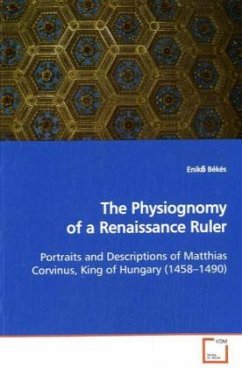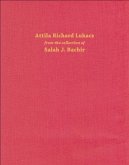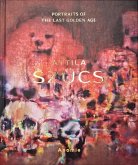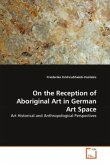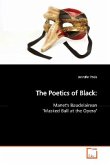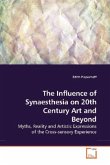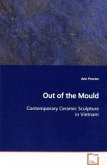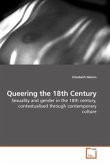This book analyses the textual and visual
representations of King Matthias Corvinus in the
context of Antique physiognomical theories, focusing
mainly on those descriptions and portraits
which were influenced by the lion s physiognomy. The
last chapter deals with another group of Matthias'
portraits, namely with the Attila-faun-like images.
The analysis of Antique theories of physiognomy have
contributed to a more exact interpretation of
Matthias' portraits, while the physiognomical
comparison has resulted a more shaded picture about
his image and iconography, even in the case of the
Attila-type likenesses, where we cannot study such
clear-cut intentions. Due to this research, having
taken into consideration the king s political
intentions as well, we can place plausibly the
leonine images of king Matthias among the
Renaissance state-portraits. The examination of the
sources has proved that the role of the humanist
Galeotto Marzio must have been crucial in mediating
the physiognomical theories towards the Buda court.
It has been also demonstrated that in Galeotto's
work physiognomy appears as an element of the
theories related to good governance.
representations of King Matthias Corvinus in the
context of Antique physiognomical theories, focusing
mainly on those descriptions and portraits
which were influenced by the lion s physiognomy. The
last chapter deals with another group of Matthias'
portraits, namely with the Attila-faun-like images.
The analysis of Antique theories of physiognomy have
contributed to a more exact interpretation of
Matthias' portraits, while the physiognomical
comparison has resulted a more shaded picture about
his image and iconography, even in the case of the
Attila-type likenesses, where we cannot study such
clear-cut intentions. Due to this research, having
taken into consideration the king s political
intentions as well, we can place plausibly the
leonine images of king Matthias among the
Renaissance state-portraits. The examination of the
sources has proved that the role of the humanist
Galeotto Marzio must have been crucial in mediating
the physiognomical theories towards the Buda court.
It has been also demonstrated that in Galeotto's
work physiognomy appears as an element of the
theories related to good governance.

